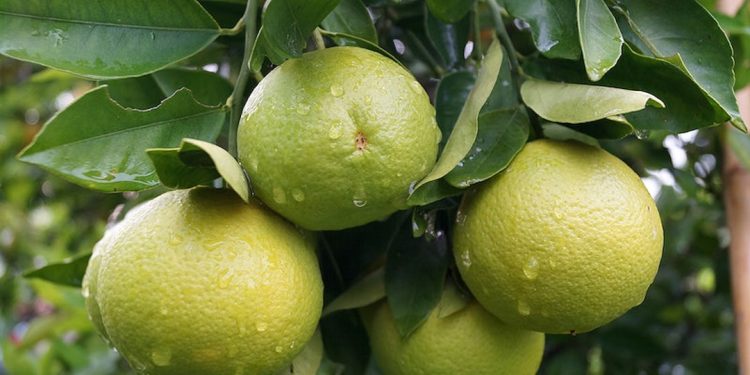A hardy, deciduous tree, to 25 m (82 ft) in height, with a large rounded crown, it has smooth, silver-grey bark and heart-shaped leaves, dark green above and greyish below. The five-petal led, fluffy, pale-yellow flowers have a honey scent and appear in clusters in midsummer, followed by globe-shaped fruits.
History and traditions
Linden tea, made from the flowers of Tilia cordata, has always been popular in Europe, especially in France, where it is called “tilleul” as a soothing drink and for its medicinal properties. An infusion of the leaves as a complexion wash is an old prescription for a “fair” skin. The tree has been valued over the centuries for its many economic uses. The white, close-grained wood was used to make household articles, piano keys and carvings (notably by Grilling Gibbons, 1648-1721, at Windsor Castle and Chatsworth House, England). The-inner bark produced fiber for matting and baskets; the sap provided a sweetener and the foliage animal fodder.
Growth
Prefers moist, well-drained soil in full sun or partial shade. Propagated from seed, which needs a long period of stratification (at least three months) to germinate.
Parts used
Flowers collected when they first open and dried for teas.
Uses
Medicinal
A soothing herb, which increases perspiration and is said to help lower blood pressure, the flowers are taken as an infusion, often sweetened with honey and flavored with lemon, for colds, catarrh and feverish illnesses, for anxiety and as a digestive.










